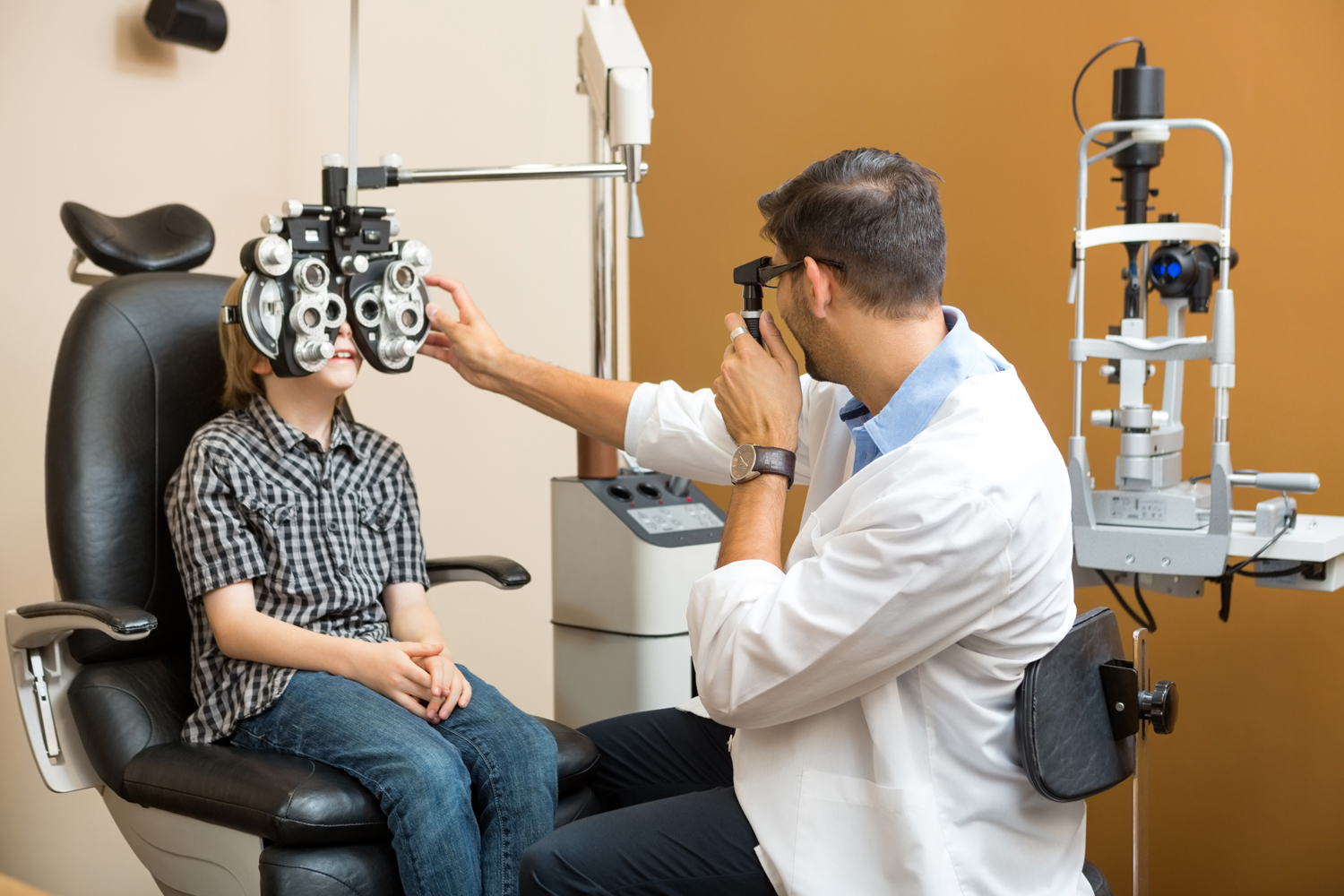Comprehending the Role of Your Eye Doctor in Preserving Vision
Comprehending the Role of Your Eye Doctor in Preserving Vision
Blog Article
Exploring the most up to date Technological Developments in Optometry and What They Mean for Optometrists
From the accuracy of Optical Coherence Tomography to the nuanced understandings offered by AI-driven diagnostic devices, these technologies are establishing new standards in individual evaluation and treatment. As these advancements penetrate the method, optometrists are faced with the difficulty of accepting these devices to boost client outcomes.
Developments in Diagnostic Tools
Progressing the area of optometry, developments in diagnostic devices have changed the means eye treatment specialists assess and diagnose visual problems and eye problems. The past years has experienced considerable technical improvements, enabling even more accurate and thorough evaluations. Optical Comprehensibility Tomography (OCT), for example, gives high-resolution cross-sectional pictures of the retina, permitting the early detection of illness such as glaucoma and age-related macular degeneration. This non-invasive imaging method has become crucial in contemporary optometric technique.
One more trick development is the intro of sophisticated corneal topography systems, which map the surface curvature of the cornea with accuracy. These tools are especially helpful for fitting contact lenses and detecting corneal problems. In addition, electronic retinal imaging has actually changed typical ophthalmoscopy, providing comprehensive, breathtaking views of the retina that promote complete aesthetic examinations.
The growth of wavefront aberrometry has actually likewise been essential, allowing the evaluation of refractive errors with unparalleled precision (Opticore Optometry). This technology aids in tailoring corrective lenses and enhancing medical results for refractive surgeries. Collectively, these analysis innovations encourage eye doctors to supply superior patient treatment, ensuring early intervention and tailored treatment techniques, ultimately enhancing visual health results
AI in Individual Monitoring
Building on the foundation of innovative analysis tools, the unification of man-made knowledge (AI) in patient monitoring represents a transformative leap for optometry. AI systems are significantly used to enhance performance, precision, and personalization in patient care.
Furthermore, AI-driven platforms facilitate structured client communications and administrative procedures. Automated organizing, digital assessments, and customized follow-up plans not only improve client contentment but also enhance time management for professionals. These systems can triage patients based on the seriousness of their conditions, ensuring that those in important need receive prompt focus.
In addition, AI enhances decision-making by supplying eye doctors with evidence-based suggestions and treatment paths. By integrating data from digital health and wellness records, AI devices offer insights that educate clinical decisions, decreasing the threat of errors and improving patient results. As AI proceeds to evolve, its function in client monitoring will likely expand, reshaping the landscape of optometric treatment.
Developments in Retinal Imaging
In the realm of optometry, retinal imaging has actually witnessed remarkable technological developments that are improving diagnostic abilities and client care. Technologies such as Optical Coherence Tomography (OCT) and fundus photography have actually changed just how optometrists assess the retina and picture. OCT, specifically, offers high-resolution, cross-sectional pictures of the retina, permitting the detailed assessment of its layers. This ability is very useful for very early detection and administration of problems like glaucoma, diabetic retinopathy, and age-related macular deterioration.
Improved imaging modalities like OCT angiography are more refining diagnostic accuracy. This non-invasive strategy maps blood flow in the retina, using critical understandings into vascular wellness without the requirement for color injections. Additionally, adaptive optics innovation is being integrated right into retinal imaging systems to fix ocular aberrations, providing unmatched photo clearness. Such advancements assist in the recognition of minute retinal adjustments that could represent condition development.
Furthermore, advancements in synthetic knowledge are increasing retinal imaging by allowing computerized evaluation of big datasets. These systems aid optometrists in determining patterns a measure of pathology, thereby enhancing diagnostic accuracy and performance. Collectively, these developments are changing retinal imaging right into a foundation of modern-day eye care, improving end results and broadening therapeutic opportunities.
Teleoptometry's Growing Role
Teleoptometry is progressively becoming a vital component of eye treatment, driven by advancements in digital communication and analysis devices. This is especially valuable in underserved and country areas where accessibility to specialized eye treatment is frequently restricted.
The assimilation of man-made intelligence (AI) additional boosts teleoptometry, making it possible for the analysis of aesthetic information and helping in the detection of ocular problems such as glaucoma and diabetic retinopathy. AI-powered formulas can quickly translate complex imaging data, giving optometrists with valuable understandings that bolster clinical decision-making.
In addition, teleoptometry supports continuity of care via smooth combination with digital health records (EHRs), enabling eye doctors to keep comprehensive patient backgrounds. This ensures that patients obtain her response customized and constant treatment also when talking to different practitioners.
Despite these advantages, challenges stay, consisting of guaranteeing information safety and security and handling person assumptions. Nevertheless, teleoptometry represents a significant stride in the direction of even more easily accessible, efficient, and patient-centered eye treatment. As modern technology evolves, its duty is positioned to increase additionally.

Future Trends in Eye Treatment
A myriad of ingenious fads is established to improve the future of eye care, driven by technical developments and the developing needs of individuals. One substantial fad is the assimilation of fabricated intelligence (AI) in diagnostics, which promises to enhance the accuracy and efficiency of eye evaluations. AI formulas can evaluate substantial amounts of information from retinal photos, possibly spotting problems like diabetic person retinopathy and glaucoma earlier than conventional methods.
Additionally, customized medication is acquiring traction in optometry, with hereditary screening educating tailored therapy strategies. This technique intends to optimize client results by tailoring interventions to private hereditary profiles. Wearable innovation, such as wise contact lenses, is additionally on the horizon, supplying real-time monitoring of intraocular pressure or sugar degrees, hence supplying continual insights into systemic and ocular health and wellness.
The fostering of augmented reality (AR) and online truth (VIRTUAL REALITY) in training and individual education is an additional emerging fad. These technologies provide immersive experiences that can improve understanding and skills both for clients and eye doctors. As these patterns evolve, optometrists have to remain abreast of technological advancements to provide innovative care, making certain better person results and complete satisfaction in the vibrant landscape of eye treatment.
Conclusion

Collectively, these diagnostic improvements equip eye doctors to supply remarkable check it out patient treatment, making sure very early intervention and tailored treatment approaches, ultimately enhancing aesthetic health end results.

As these technologies continue to develop, optometrists must adapt and include them right into practice, ultimately optimizing process performance and elevating the criterion of eye care delivered to individuals.
Report this page